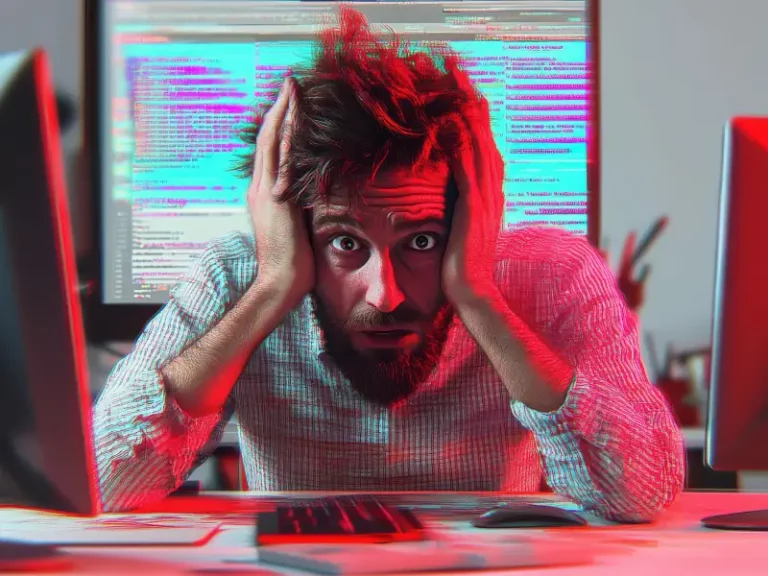Deepfakes have grown from internet curiosities to serious cybersecurity threats. These AI-generated media manipulate images, audio, or video to create hyper-realistic fabrications, often so convincing that human detection becomes nearly impossible without help. Whether it’s a CEO’s voice ordering a wire transfer or a fake video used to influence public opinion, the stakes of deepfake misuse are rapidly increasing.
Cybersecurity professionals need to understand how deepfakes work, not just to detect them but to anticipate how attackers might weaponize this evolving technology. By learning to recognize the core characteristics of deepfakes, security teams can better prepare against fraud, misinformation, and social engineering attacks that exploit human trust.
How Deepfakes Are Created
Before diving into detection, it is important to know how deepfakes are made. At their core, they rely on machine learning, specifically generative adversarial networks (GANs) or autoencoders, to map facial movements, audio tones, or gestures from one source to another. With enough training data, these systems can generate eerily realistic media that mimic real people with uncanny accuracy. While the technology has legitimate use cases (like voiceovers, dubbing, and virtual assistants), it also gives cybercriminals a powerful tool for deception.
Core Characteristics That Reveal a Deepfake
Recognizing a deepfake involves more than just spotting visual glitches. Advanced versions are becoming smoother, faster, and more personalized. Still, even the best fakes often share certain tells if you know where to look.
- Inconsistent Eye Blinking or Eye Movement
Deepfake models often struggle with natural eye behavior. You might notice that the subject blinks too rarely or not at all. Alternatively, the eyes may move in unnatural ways, not tracking movement or maintaining focus like a human would in real-time conversation.
- Unnatural Facial Expressions and Transitions
While the overall face may look believable, close analysis often reveals jerky transitions between expressions or slight delays between audio and facial movements. Smiles might look forced, or expressions may be inconsistent with the tone of speech.
- Irregular Lighting and Shadows
One of the more technical giveaways is lighting. Deepfakes often fail to replicate accurate light source direction, shadows, or reflections, especially on skin or glasses. These inconsistencies can be hard to spot at a glance but may reveal themselves upon frame-by-frame scrutiny.
- Audio-Visual Mismatch
Lip-syncing is better than ever, but it is not perfect. Pay attention to timing; do lip movements align naturally with speech? Is the voice tone robotic or emotionless? Mismatches between vocal tone and facial expressions are strong indicators of tampering with the tone.
- Pixelation or Blur in Key Areas
Some deepfakes show minor pixelation or blurring around the mouth, jawline, or eyes, particularly in lower-quality fakes. These artifacts can appear when the system tries to blend source and target images but fails to maintain clean edges.
Why It Matters in Cybersecurity
Cybercriminals are already using deepfakes for impersonation attacks, fake interviews, voice fraud, and disinformation. Attackers may use deep-faked audio to simulate an executive’s voice or create realistic videos to manipulate financial or political systems. As technology becomes more accessible, defending against deepfakes becomes a necessary part of the modern threat landscape.
Organizations must integrate deepfake detection protocols, use media verification tools, and train teams to be skeptical of unexpected video or audio communications, no matter how ‘real’ they appear.
At Terrabyte, we ensure organizations stay vigilant against emerging threats, such as deepfakes, by offering cybersecurity solutions that focus on identity validation, threat intelligence, and digital media verification. As deepfakes continue to evolve, our mission is to ensure your defenses evolve even faster.
Contact Terrabyte today!




